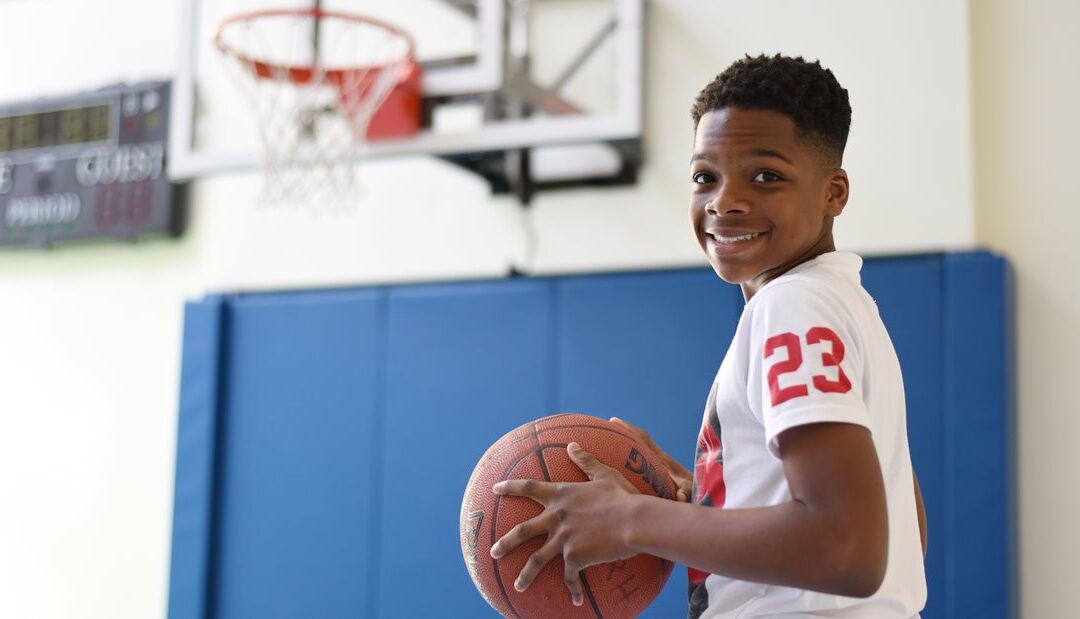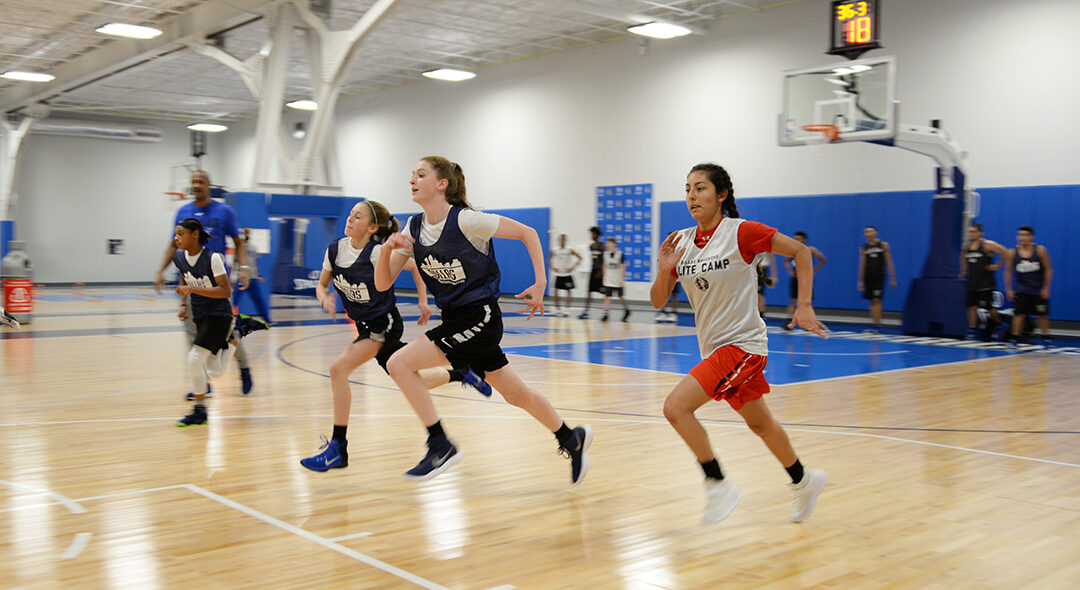
Making a Game Plan for a Safe Season – Tips for Parents and Coaches
The to-do lists for coaches and sports administrators preparing for sports seasons are long. It’s time to meet new players, evaluate the condition and skills of each player, inform the parents of rules and schedules and get the playbook finalized. What may get overlooked is the emergency plan and training. Pediatric sports medicine physician Shane M. Miller, M.D., who has a background as a firefighter and EMT, offers some safety tips for parents and coaches. “Many organizations have the best of intentions to keep athletes safe, says Dr. Miller. “Preparation and practice can make all the difference in emergencies.”
Miller is passionate about helping athletic trainers and others in sports. He conducts training for several school districts including Frisco ISD and Irving ISD. From handling heat illness to spine injuries, athletic trainers are an invaluable resource on the sidelines. Young athletes may be in settings where athletic trainers are not available, so it’s important for parents and coaches to be aware of safety protocols.
Tips for Parents
- Take the preseason sports physical process seriously. With an accurate and thorough history and exam, the family doctor can identify conditions that may need special attention before and during the season.
- Get to know the athletic trainer, if available. From emergency care during sporting events to rehabilitation after injury, these health care professionals are knowledgeable about sport-related injuries.
- Ensure your team/organization has an emergency action plan. These include protocols for lightning safety, preventing heat related illness and communication plans for all emergency situations.
- Ensure your child’s equipment fits correctly and is worn properly. Poorly fitting equipment misses the mark for protecting the child in the way it is designed. In some cases, this can even cause an injury.
- Learn signs and symptoms of problems that put young athletes at risk. No one knows your child better than you do. Learn the signs and symptoms of a concussion, heat illness and overuse injuries. Taking the right steps when you recognize these can make all the difference for your athlete.
- Check the condition of the field and access to emergency personnel. When arriving at practice or a competition, assess the conditions. Is the field in good condition? Is there an automatic external defibrillator (AED) present and accessible? Is there an ambulance or athletic trainer on-site, or will 911 be used for emergencies?
Tips for Coaches
- Review safety guidelines provided by the league and other reputable national sports organizations. These are designed to keep all participants safe.
- Know your athletes’ major medical conditions and injuries. Because each athlete is unique, it has become more important to recognize individual needs. For example: An athlete with exercise-induced asthma may require use of an inhaler. For someone with an overuse injury, ignoring activity restrictions can shorten his or her season rather than improve performance.
- Plan rest and water breaks for all activities, these should be modified when the environment is hot. Learn the signs and symptoms of heat illness and heat exhaustion.
- Review and practice critical decisions and emergency procedures. Establish a plan for making and communicating decisions about weather conditions from heat and humidity to lightning. Identify what resources are available for first aid at each event and how to respond in various emergencies. In many organizations, this is documented in a comprehensive Emergency Action Plan (EAP).
“Teamwork is as important in the game as it is in when it comes to emergencies,” says Miller. “When the game plan is clear, situations can be avoided or handled with the best possible outcomes. Take time to prepare for the upcoming season.”

